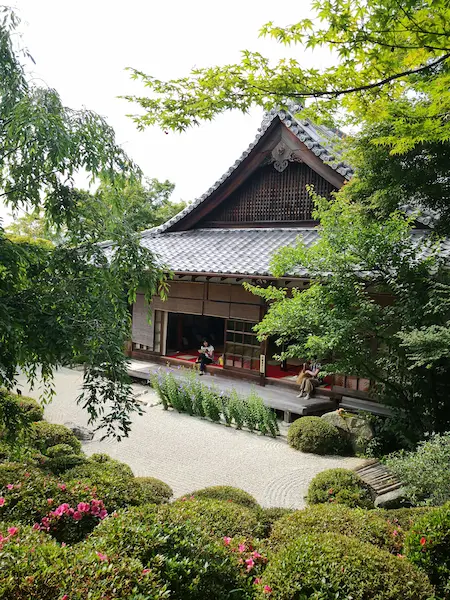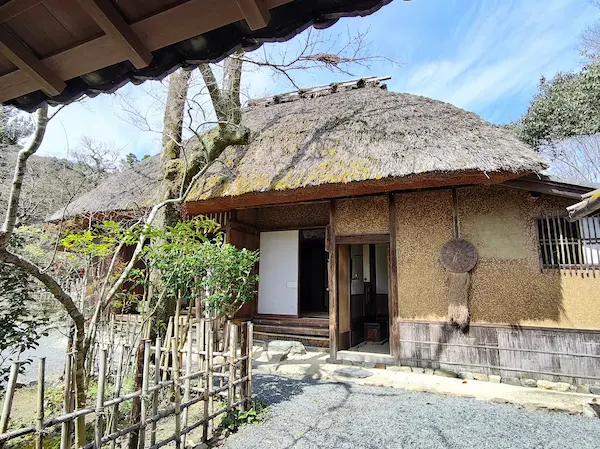Tag: Matsuo Basho
Matsuo Basho: Master of Haiku and Wanderer of the Edo Period
Matsuo Basho (1644-1694) stands as a towering figure in the landscape of Japanese literature, renowned for his profound contributions to haiku poetry. Born in the Iga Province, Basho’s work transcended the limitations of his time, blending the beauty of nature with the depths of human emotion. His poetic journey reflects a life of contemplation, travel, and a deep connection with the changing seasons of Japan.
The Evolution of a Poet
Basho’s early life was marked by a traditional samurai upbringing, but his love for literature and poetry soon led him on a different path. By the age of 30, he had fully immersed himself in the study and writing of haiku, a form of poetry that captures the essence of a moment in just 17 syllables. Basho’s dedication to haiku was not just about adhering to its structural simplicity but about exploring the profound depth and brevity of life itself.
The Art of “Sabi” and “Wabi”
Basho was instrumental in refining the concepts of “sabi” (the beauty of aging) and “wabi” (the appreciation of simplicity and quietness). Through his poetry, he conveyed the significance of finding beauty in transient, fleeting moments. His work encourages readers to perceive the deeper spiritual resonance found in the natural world, advocating for a life lived in harmony with nature’s cycles.
Journey Across Japan
Basho’s most celebrated work, “The Narrow Road to the Deep North” (Oku no Hosomichi), chronicles his perilous journey through the northern provinces of Japan. This journey extends as far as Yamadera Temple in Yamagata Prefecture.
This travelogue combines prose and haiku to document his observations, encounters, and the reflective insights gained throughout his travels. His journey was not just a physical one; it was a spiritual quest for enlightenment and a deeper understanding of the human condition.
Matsuo Basho: his Legacy and Influence
Basho’s influence extends far beyond the realm of poetry. He is considered the father of haiku, and his work has inspired countless poets and writers in Japan and around the world. His approach to haiku, emphasizing simplicity, natural beauty, and the emotions evoked by the changing seasons, remains the gold standard for haiku poetry.
Basho’s teachings and philosophy have also permeated various aspects of Japanese culture, from Zen Buddhism to the arts, embodying the principles of mindfulness, simplicity, and a deep appreciation for the natural world.
Matsuo Basho’s legacy as a poet and wanderer continues to captivate and inspire. His profound connection to nature and commitment to the haiku form have left an indelible mark on Japanese literature and culture. Through his words, Basho invites us to embark on our own journeys of discovery, to find beauty in the mundane, and to reflect on the transient nature of life itself.
-

Konpukuji Temple (金福寺)
Explore Konpukuji Temple, a haven for Haiku enthusiasts in Kyoto. Founded in 864 and later revitalized by monk Tesshu in the Edo period, it’s a sacred site for Nanzenji Rinzai Zen Buddhism. Renowned poet Matsuo Basho and Tesshu forged a deep bond here, with a hermitage, “Basho-an,” as testimony. Discover the historic “O-no-Mizu” well and…
-

Rakushi-sha (落柿舎)
Once you cross the JR Sanin Line crossing from Nonomiya Jinja Shrine, the number of tourists becomes much smaller. After a short walk, you will come to Rakushi-sha (Fallen Persimmon Hermitage). It is a hermitage used as a villa by Mukai Kyorai, a disciple of Matsuo Basho. Basho once stayed here and wrote “Saga Nikki…